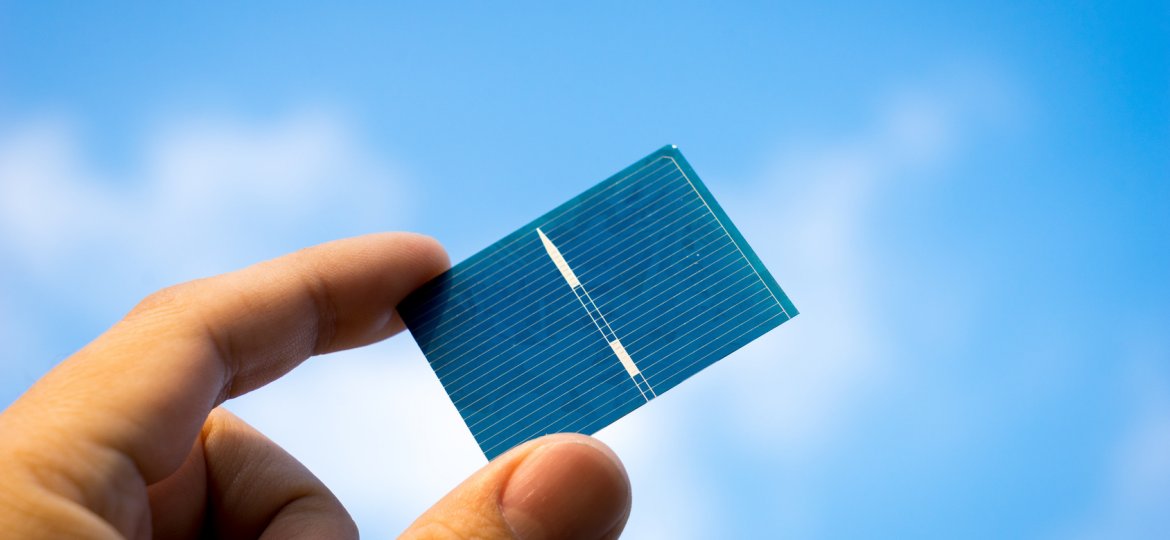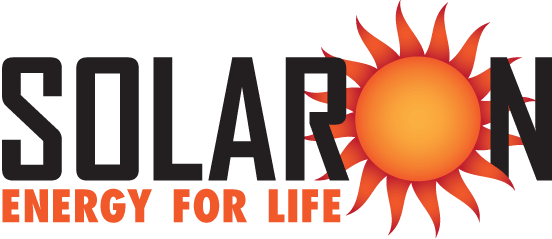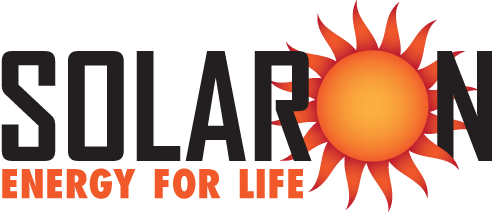
When Solaron installs a SunPower solar array for your home or business, a number of different components are put together to generate electricity. Together, these different parts turn photons from the sun into electricity that you can use, store or sell to the utility companies. Here is a list of what the main components are and what they do for your photovoltaic (PV) system.
- Photovoltaic cells: these are the “workhorses” of any solar array. The PV cells, or solar cells, made by SunPower are exceptionally durable because their base is made of a solid sheet of copper. Other companies use strips of metal attached to a silicon wafer, and these conductors easily corrode or break. SunPower instead creates a “silicon sandwich,” placing the energy-producing wafer between a light absorptive sheet of specialized glass and the copper foundation.
- Photovoltaic modules: the PV modules, commonly called solar panels, combine a large number of PV cells by attaching them together and strengthening them with a solid-metal frame. Various combinations allow for modules with different shapes and power capabilities, making the maximum use of available space.
- Charge controller: the charge controller, also called a regulator, takes the electricity from the solar panels and directs it to a battery bank, if your solar array has one. Since the electrical output of PV cells working in maximum sunlight regularly goes beyond what many batteries can safely absorb, the charge controller is necessary to protect the battery system while making the maximum possible use of your electrical output.
- Inverter: PV modules produce electricity with direct current (DC). Buildings operate on alternating current, or AC power. The inverter takes DC and converts it to usable AC energy.
Of course, there are additional components and more than one type of installation. Here are some of the typical questions that affect the parts used with your solar array:
- Will it have a battery backup?
- Will it send excess electricity to the utilities grid?
- Will the building be attached to utility lines or will it be “off-grid”?
To make sure that your PV array is functional and safe, make sure to use experts when you want to harvest the free energy that comes from the Sun. Contact Solaron of Sacramento and the Bay Area for a free solar assessment and project quote today!

